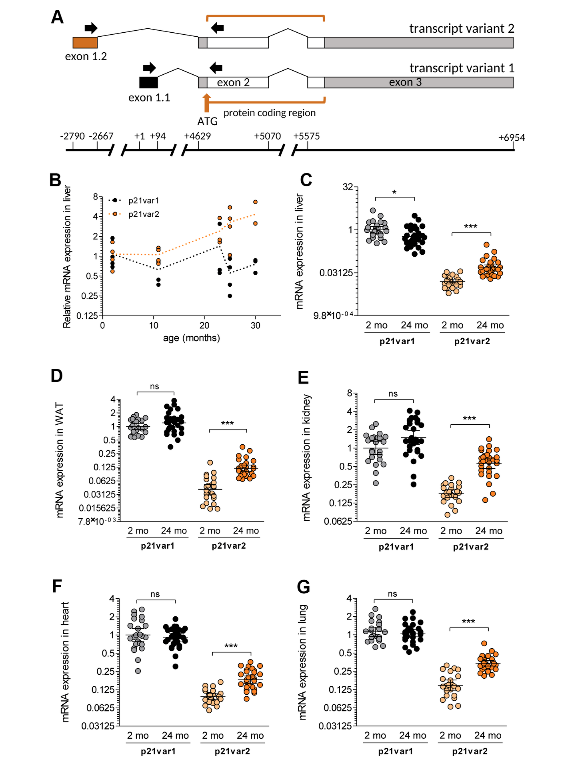In a cohort of pre-diagnosed, cognitively “normal” men, a recent Aging study compares expression levels of circulating miRNAs and their association with cognitive function and decline.

Can factors in our bloodstream tell us about our cognitive abilities or predict cognitive decline later in life? Among individuals with dementias, including Alzheimer’s disease (AD), studies have identified extracellular microRNAs (miRNAs) as potential biomarkers of cognitive impairment. In cognitively normal individuals, however, this association has not yet been fully investigated.
“Understanding the functions of miRNAs in the earliest stages of cognitive decline will expand our knowledge on the biology of prodromal AD and the roles of circulating miRNAs in neurodegenerative diseases and could result in identification of therapeutic targets to guide drug development [17].”
In a new research paper, published on the cover of Volume 14, Issue 17, of Aging (listed as “Aging (Albany NY)” by Medline/PubMed and “Aging-US” by Web of Science), researchers Nicole Comfort, Haotian Wu, Peter De Hoff, Aishwarya Vuppala, Pantel S. Vokonas, Avron Spiro, Marc Weisskopf, Brent A. Coull, Louise C. Laurent, Andrea A. Baccarelli, and Joel Schwartz from Columbia University Mailman School of Public Health, University of California San Diego, VA Boston Healthcare System, Boston University School of Medicine, and Harvard TH Chan School of Public Health assessed the expression levels of extracellular miRNAs circulating in blood plasma taken from 530 cognitively normal men and investigated the association between these miRNAs and cognitive function. Their secondary goal was to investigate the genes and biological pathways associated with miRNAs linked to cognitive function or decline. The research paper was published on September 6, 2022, and entitled, “Extracellular microRNA and cognitive function in a prospective cohort of older men: The Veterans Affairs Normative Aging Study.”
The NAS Cohort
The Normative Aging Study (NAS) is a large longitudinal study that was established by the United States Department of Veterans Affairs in 1963. Since this study began, researchers have been diligently following-up with a cohort of 2,280 men from Massachusetts, United States. (Most of these men served in World War II and the Korean War.) Participants in NAS have comprehensive baseline examinations every three to five years to record their aging patterns, including global cognitive function assessments using the Mini-Mental State Examination (MMSE). The average age of this veteran cohort is currently 72 years old.
The Study
In the present study, blood samples were collected from 530 NAS participants between the years 1996 and 2013—totaling 1,331 in-person visits; equal to 2,471 years of follow-up. Plasma miRNAs were profiled using small RNA sequencing (RNA-seq). Linear regression and linear mixed models were used to assess the expression of 381 miRNAs and their association with current cognitive function and rate of change in cognitive function.
Of the 381 plasma miRNAs detected in at least 70% of the samples collected, two miRNAs were associated with higher baseline MMSE scores. Thirty-three miRNAs were associated with the rate of change in MMSE over time. KEGG enrichment analysis and repeated measures analyses were used to explore potential regulatory targets of the significant plasma miRNAs. The genes targeted by the significant miRNAs were primarily associated with prion diseases, fatty acid biosynthesis, Hippo signaling, ECM-receptor interactions, and TGF-β signaling pathways.
“Taken together, our results suggest that various plasma extracellular miRNAs are associated with global cognitive function among cognitively ‘normal’ men. If they were to play a causal role in cognitive decline, it would likely be through pathways that regulate synaptic plasticity, cell death, the response to injury, and energy homeostasis. Extracellular miRNAs may also contribute to greater rates of cognitive decline possibly through involvement in the prion-like propagation of AD lesions or in hindering their neuroprotective role of curbing AD-like pathology.”
Conclusion
These findings suggest that plasma miRNA levels are associated both with global cognition and the rate of change in global cognition among cognitively normal older men. The researchers were forthcoming about the limitations of this study, especially in regard to the study population and the MMSE scoring. Still, this study highlights the potential of miRNAs as biomarkers for cognitive function and decline in older men and underscores the importance of elucidating the mechanisms by which extracellular miRNAs influence cognition.
“Additional research is needed to identify the biological pathways influenced by expression of these extracellular miRNAs, investigate relationships with CNS miRNA expression, and examine the potential impacts of circulating miRNAs on other neurological outcomes.”
Click here to read the full research paper published by Aging.
AGING (AGING-US) VIDEOS: YouTube | LabTube | Aging-US.com
—
Aging is an open-access journal that publishes research papers bi-monthly in all fields of aging research. These papers are available at no cost to readers on Aging-us.com. Open-access journals have the power to benefit humanity from the inside out by rapidly disseminating information that may be freely shared with researchers, colleagues, family, and friends around the world.
For media inquiries, please contact [email protected].

